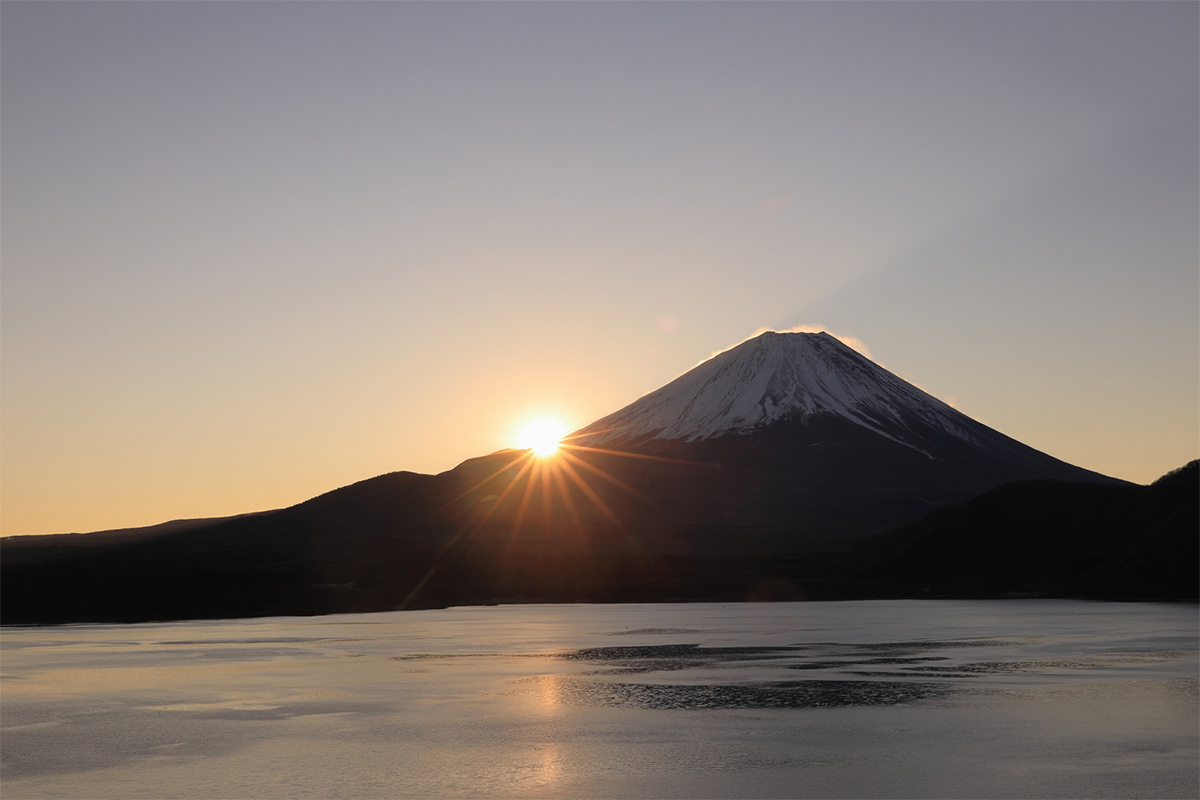Akemashite Omedetou! 2023 – How Japanese people spend New Year’s Day.
Category: blog Japanese culture Seasons

Akemashite omedetou gozaimasu!
あけましておめでとうございます!
The year 2023 has finally begun.
In your country, what do you do at the beginning of the year?
In Japan, the beginning of a new year is a very important day
In Japan, the period from January 1 to around January 7 is called “Oshougatsu”.

Many companies are closed until January 3 in particular, and it is customary for families to “spend time together” to relax.
From January 1~January 3, there are actually some things that you can do and some things that you are not supposed to do.
Things to do in Oshougatsu
See the first sunrise of the year

Since it is the beginning of a new year, it is recommended to do something as auspicious as possible.
One of the most auspicious things to do is to see the first sunrise of the year.
It is believed to be a time of celebration because the god of the year appears with the first sunrise.
Worshipping toward the first sunrise is also meant to wish you a happy new year!
Eat Oshougatsu food

As mentioned in a previous article, there is a special food in Japan that is eaten during Oshougatsu.
My favorite is Ozouni.

I don’t feel like the New Year has begun until I eat Ozouni every year.
Pay a visit to a shrine or temple for the first time

Many Japanese people visit temples or shrines at the beginning of each year.
What do they do at temples and shrines?
1. Make a wish to the god of the shrine or temple for a good new year.
2. Make a wish on a wooden plaque called “ema
Return the Omamori (Japanese good luck charm) bought last year and buy a new Omamori.
The following are some of the ways to make a wish.
Also, my parents would buy “Hamaya”.

Hamaya is an arrow used to ward off evil.
Written in Kanji, it is “破魔矢”.
破 is “destruction” and 魔 is “evil”.
矢 means “arrow”.
Like Omamori, the old Hamaya is returned to the shrine and a new one is received each year.
Do Kakizome

Kakizome is to draw letters or pictures at the beginning of the year.
Written in Kanji, it is “書き初め”.
書 means to write and 初め means to begin.
Kakizome seems to have the meaning of setting goals and aspirations for the year.
There is much more to it than this, but what each family does varies.
Now let’s check out what “should not” be done in Oshougatsu.
What not to do to Oshougatsu in Japan
Cleaning
Oshougatsu is God’s visit to the house with blessings.
Therefore, it is considered taboo to clean it, as cleaning it may cause you to lose even that good fortune.
Scrubbing and washing
The household chore of “rinsing off” is also considered taboo because of the impression that one is shedding good fortune. For example, washing clothes and dishes.
Cooking over a fire
Stewed dishes, for example, will produce lye.
In Japan, lye is called “Aku”.
Evil is also referred to as Aku.
It is said that cooking with fire is not allowed, as it is said that Aku should not be served at the time of auspiciousness.
To use a knife
It is believed that the act of “cutting” can lead to the severing of ties and should be avoided.
Perhaps dishes such as “Osechi” were created so that people would not have to do as much housework as possible from January 1 to 3.
*Check out this article about Osechi!
I have written about what not to do, but to be honest, I don’t think many people in Japan today care about these things that they should not do.
Whatever it is, a happy and laughing New Year is the best!
I wish you a wonderful year in 2023.
Aki’s Kodawari Point

Ozouni with rice cakes made by my grandma is really good.They made handmade rice cakes again this year. The key to its deliciousness is that a little grain of rice remains!






